Technological Advancements in Military Exoskeleton Market
The Military Exoskeleton Market is experiencing rapid technological advancements that enhance the capabilities of soldiers on the battlefield. Innovations in materials, such as lightweight composites and advanced robotics, are being integrated into exoskeleton designs. These developments not only improve mobility but also increase endurance, allowing soldiers to carry heavier loads over longer distances. The market is projected to grow significantly, with estimates suggesting a compound annual growth rate of over 20% in the coming years. This growth is driven by the increasing demand for enhanced soldier performance and the need for advanced support systems in combat scenarios. As technology continues to evolve, the Military Exoskeleton Market is likely to see the introduction of more sophisticated systems that incorporate artificial intelligence and machine learning, further augmenting soldier capabilities.
Focus on Soldier Well-being in Military Exoskeleton Market
The Military Exoskeleton Market is increasingly focusing on the well-being of soldiers, recognizing the physical and psychological demands placed on them during operations. Exoskeletons are designed not only to enhance physical strength but also to reduce the risk of injury and fatigue. By distributing weight and providing support, these systems can alleviate stress on joints and muscles, potentially decreasing the incidence of musculoskeletal injuries. This focus on soldier health aligns with broader military objectives to maintain a fit and capable force. Market data indicates that investments in soldier well-being technologies are rising, with a notable increase in funding for research and development in this area. As the Military Exoskeleton Market evolves, the emphasis on health and safety is likely to drive further innovation and adoption of exoskeleton technologies.
Increased Defense Budgets Supporting Military Exoskeleton Market
The Military Exoskeleton Market is benefiting from increased defense budgets across various nations, as governments prioritize modernization and technological superiority. This trend is particularly evident in countries with significant military expenditures, where funding is allocated to advanced technologies that enhance operational effectiveness. The rise in defense budgets is expected to facilitate the procurement of exoskeleton systems, which are viewed as essential tools for improving soldier performance and survivability. Market analysts suggest that this financial support will lead to a surge in research and development initiatives, fostering innovation within the Military Exoskeleton Market. As nations seek to maintain a competitive edge, the demand for cutting-edge exoskeleton solutions is likely to grow, further propelling market expansion.
Collaborative Development Initiatives in Military Exoskeleton Market
The Military Exoskeleton Market is witnessing a surge in collaborative development initiatives among defense contractors, research institutions, and military organizations. These partnerships aim to leverage expertise and resources to accelerate the design and deployment of advanced exoskeleton systems. By pooling knowledge and technology, stakeholders can address complex challenges associated with exoskeleton integration into military operations. Such collaborations are often supported by government grants and funding, which enhance the feasibility of innovative projects. The Military Exoskeleton Market is likely to benefit from these initiatives, as they foster a culture of innovation and rapid prototyping. As a result, the pace of technological advancement may increase, leading to more effective and reliable exoskeleton solutions for military applications.
Rising Demand for Enhanced Operational Efficiency in Military Exoskeleton Market
The Military Exoskeleton Market is experiencing a rising demand for enhanced operational efficiency, driven by the need for improved performance in various military tasks. Exoskeletons are designed to augment human capabilities, enabling soldiers to perform physically demanding tasks with greater ease and efficiency. This demand is particularly pronounced in logistics, where exoskeletons can assist in transporting heavy equipment and supplies, thereby streamlining operations. Market Research Future indicates that the integration of exoskeleton technology can lead to significant improvements in mission success rates and overall operational effectiveness. As militaries seek to optimize their resources and enhance the capabilities of their personnel, the Military Exoskeleton Market is poised for growth, with an increasing number of units being deployed in various operational contexts.
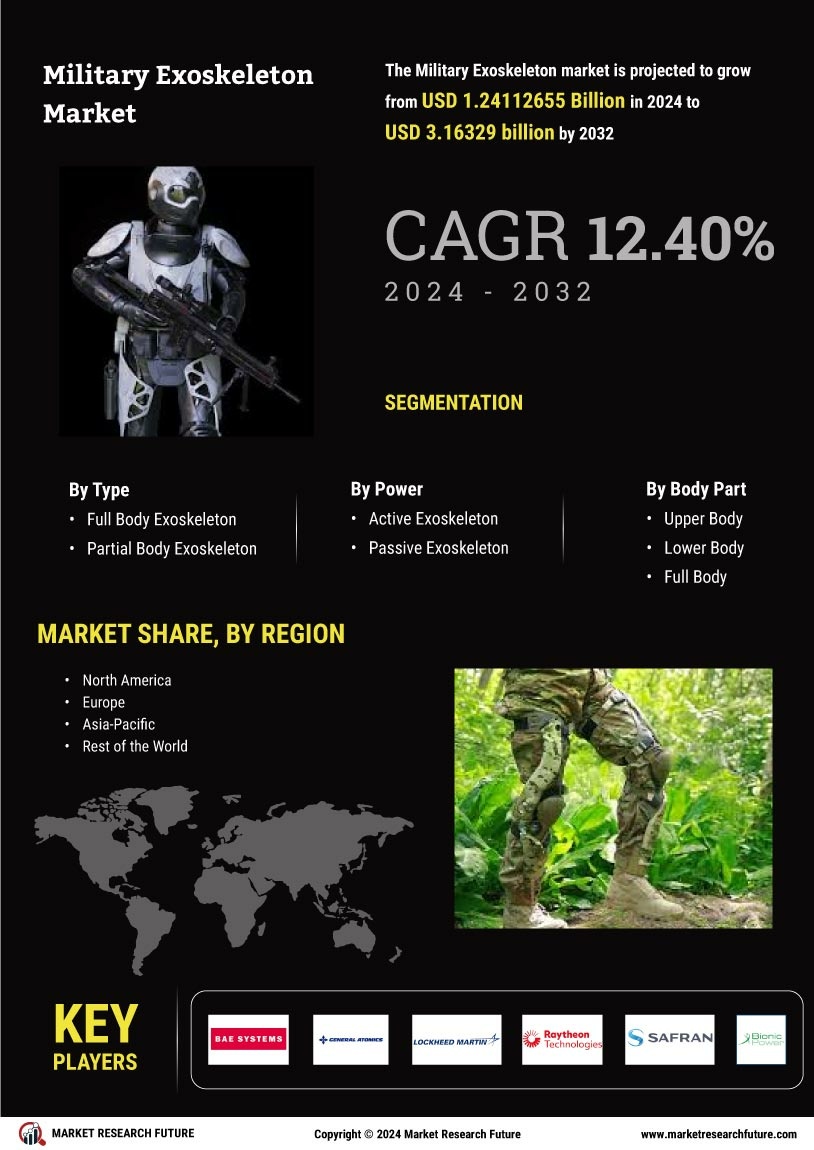

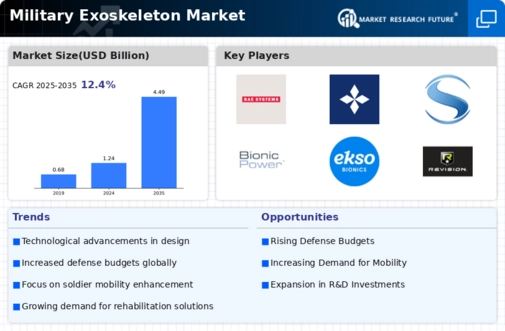
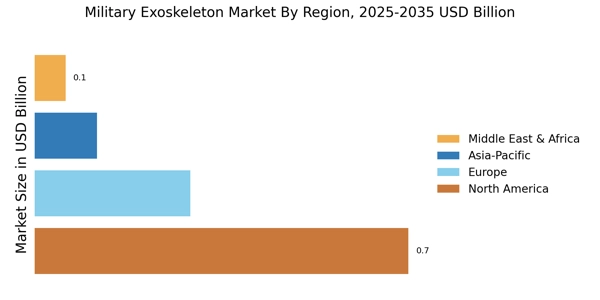
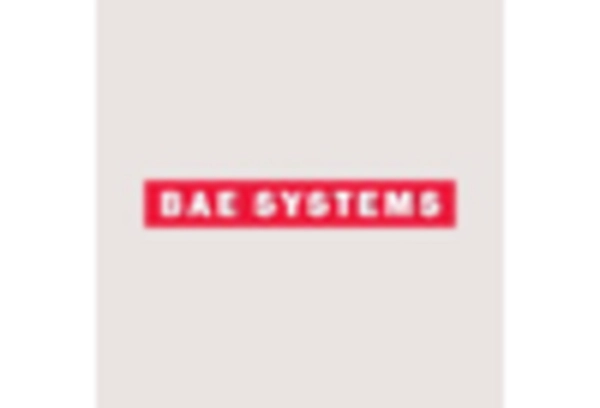
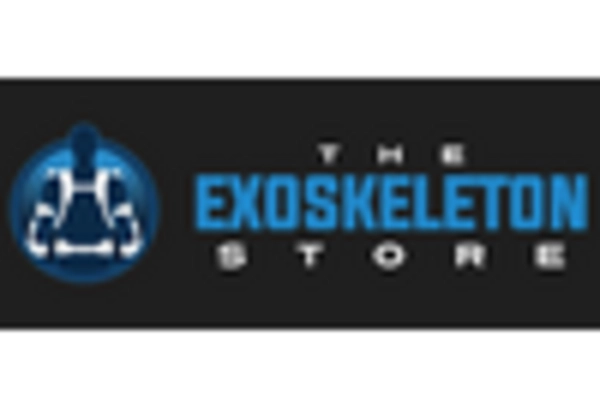
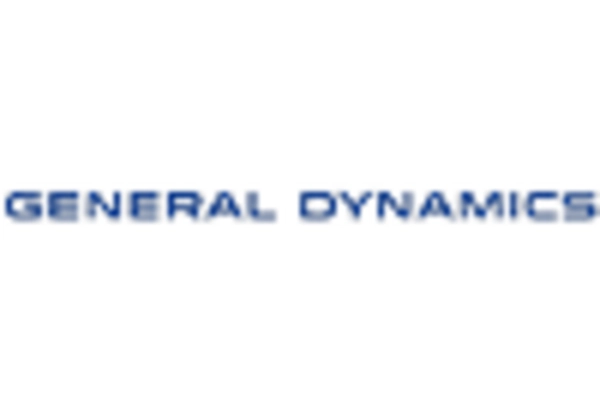











Leave a Comment